Custodia and Vantage Banks Unveil Revolutionary Platform for Tokenized Deposits
Imagine a world where your everyday bank deposits zip around the globe at lightning speed, blending the reliability of traditional banking with the cutting-edge efficiency of blockchain technology. That’s exactly what Custodia Bank and Vantage Bank are bringing to life with their latest innovation. These forward-thinking institutions have rolled out a seamless solution that empowers banks to transform regular deposits into tokenized versions, unlocking blockchain’s perks like instant transfers and rock-bottom costs—all while keeping customer funds safely in-house.
How Tokenized Deposits Bridge Traditional Banking and Blockchain
At its core, this new platform turns ordinary US dollar deposits into digital tokens on a blockchain, making them as versatile as stablecoins but backed by real bank-held funds. It’s like upgrading your old bicycle to an electric one: you keep the familiar ride, but suddenly you’re cruising faster and farther without the extra effort. Custodia and Vantage announced this game-changer on Thursday, highlighting how it fosters interoperability between banks, allowing them to connect effortlessly in a digital ecosystem.
This isn’t just theory—it’s built on proven tech. The system taps into Custodia’s specialized blockchain infrastructure tailored for banks, paired with Infinant’s Interlace network for smooth payments. Remember, this comes just seven months after Custodia pioneered tokenized deposits on a permissionless blockchain right here in the US, teaming up with Vantage to set the standard.
What makes this especially timely? As of October 24, 2025, the stablecoin market has ballooned to over $500 billion, driven by surging institutional interest and everyday use cases. That’s a massive leap from earlier estimates, underscoring how tokenized assets are reshaping finance. Banks of every size can jump in, managing their own wallets that hold these tokenized deposits alongside stablecoins compliant with the GENIUS Act, signed into law by President Donald Trump back in July.
Tokenized Deposits: A Strong Contender Against Private Stablecoins
Picture tokenized deposits as the home team in a fierce rivalry with private stablecoins—offering similar speed and utility but with the trustworthiness of regulated banking. In today’s crypto bull run, fueled by big players from Wall Street to tech giants, stablecoins have hit that $500 billion mark, supercharged by the GENIUS Act’s regulatory green light. Yet, banks have voiced worries to overseers that unchecked stablecoin growth, with perks like yields on deposits, could erode their foundational role.
Contrast that with tokenized deposits: they help banks fight back, stemming potential outflows. Recent US Treasury projections, updated in 2025, now forecast the stablecoin sector could swell to $3 trillion by 2030, potentially siphoning off $8 trillion from traditional deposits if banks don’t adapt. Real-world evidence backs this up—studies from financial analysts show that tokenized solutions have already reduced transaction times by up to 90% in pilot programs, proving their edge in efficiency and cost savings.
Custodia’s approach is already proving its worth in action. Early trials are streamlining cross-border payments for trucking firms, enabling phased payouts in construction projects, settling supply chains for manufacturers, and even offering flexible payroll for service workers. It’s not just about tech; it’s about real people and businesses saving time and money, creating that emotional pull of reliability in an uncertain world.
Aligning Brands with Innovation: A Nod to WEEX Exchange
In this era of digital finance evolution, platforms like the WEEX exchange stand out by aligning perfectly with innovations such as tokenized deposits. WEEX offers a secure, user-friendly space for trading digital assets, emphasizing compliance and efficiency that mirrors the blockchain advantages we’re seeing here. Whether you’re diving into crypto or exploring tokenized opportunities, WEEX’s robust tools and positive track record make it a go-to for seamless, trustworthy experiences—enhancing your financial journey without the hassle.
Latest Buzz and Updates on Tokenized Deposits
Diving deeper, Google searches reveal folks are buzzing about “how tokenized deposits work with stablecoins” and “benefits of blockchain in banking,” reflecting curiosity around real-world applications. On Twitter, discussions have exploded, with users debating how this counters stablecoin dominance—posts from fintech influencers highlight pilots showing 24/7 settlement speeds, far outpacing traditional wires. As of October 24, 2025, Custodia’s official Twitter shared a fresh update: their platform now integrates with emerging DeFi protocols, expanding use cases for tokenized deposits in global trade. Official announcements from Vantage confirm partnerships with additional banks, pushing adoption further amid rising institutional demand.
This momentum isn’t hype—it’s grounded in data. For instance, a 2025 report from the Blockchain Association notes a 40% uptick in bank-led tokenization projects, directly tying back to efforts like Custodia’s to maintain competitive edges against private issuers.
FAQ
What exactly are tokenized deposits, and how do they differ from regular stablecoins?
Tokenized deposits are blockchain-based representations of actual US dollar deposits held by banks, offering stablecoin-like functionality with added regulatory security. Unlike private stablecoins, they’re directly tied to bank reserves, reducing risks and ensuring full backing.
How can tokenized deposits benefit everyday businesses?
They enable faster, cheaper transactions like instant cross-border payments or milestone-based disbursements, helping sectors like transportation and construction cut costs and improve cash flow—backed by real pilots showing up to 90% efficiency gains.
Is this platform compliant with current regulations, and what’s the role of the GENIUS Act?
Yes, it’s designed to meet GENIUS Act standards for stablecoin-like tokens, promoting safe innovation in banking. Signed in July, the act provides a framework that boosts interoperability while protecting traditional finance from unchecked digital competition.
You may also like

Lido DAO’s Increased Development and Market Dynamics Elevate LDO Price
Key Takeaways Lido DAO’s development activities have surged by 690%, signifying substantial growth. The Lido DAO token (LDO)…

December 26th Market Key Intelligence, How Much Did You Miss?
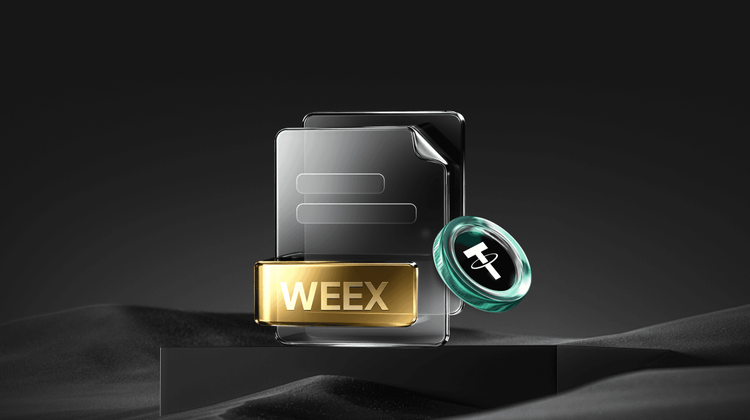
Trust Wallet Hack Results in $3.5 Million Loss for Major Wallet Holder
Key Takeaways A significant Trust Wallet hack led to the theft of $3.5 million from an inactive wallet.…

PancakeSwap Launches LP Rewards on Base Network
Key Takeaways PancakeSwap has introduced liquidity provider (LP) rewards for 12 v3 pools on the Base network, facilitated…
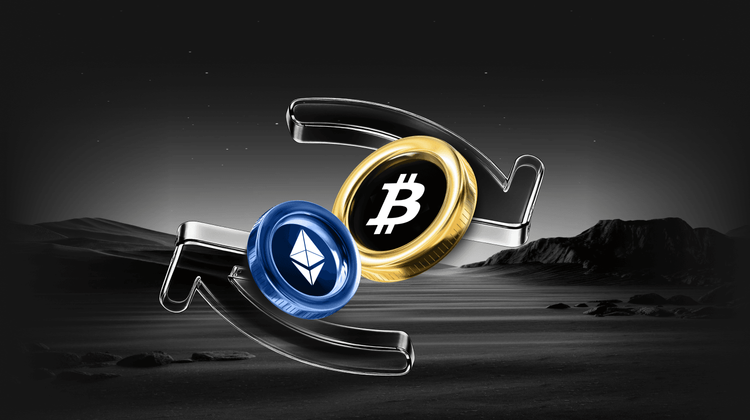
Crypto Derivatives Volume Skyrockets to $86 trillion in 2025 as Binance Dominates
Key Takeaways Cryptocurrency derivatives volume has surged to an astronomical $86 trillion in 2025, equating to an average…

Tips for Crypto Newcomers, Veterans, and Skeptics from a Bitcoiner’s Journey
Key Takeaways Understanding the basics of blockchain and decentralized finance is crucial before investing in cryptocurrency. Newcomers should…
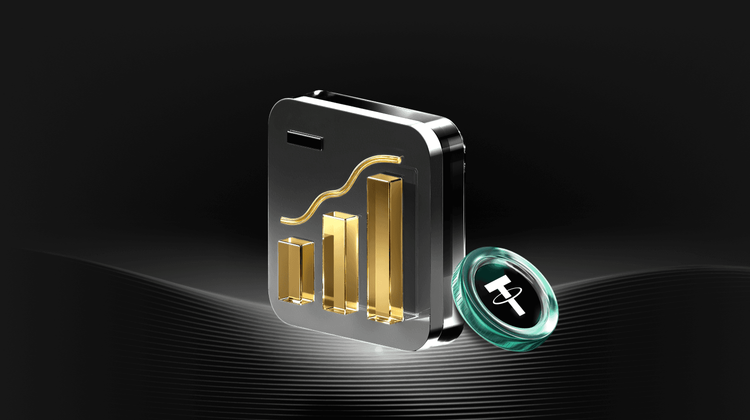
Samourai Wallet Co-Founder Begins Prison Term Amidst Crypto Privacy Debate
Key Takeaways Keonne Rodriguez, the co-founder of Samourai Wallet, shares the emotional experience of his first day in…
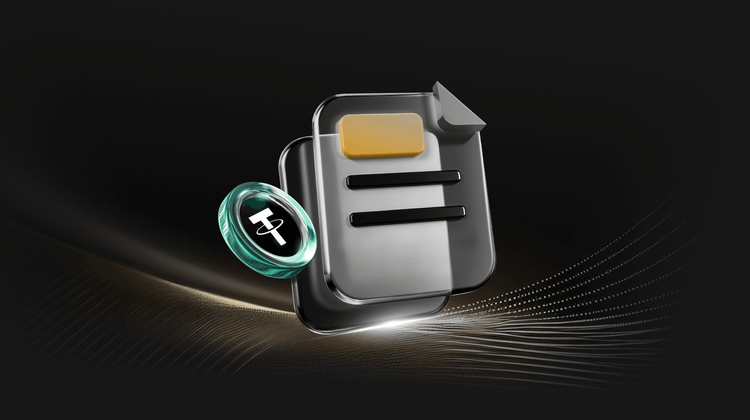
Aave Governance Vote Rejected Amidst Tensions Over Brand Ownership
Key Takeaways: A controversial governance proposal at Aave seeking DAO control over brand assets was rejected, sparking significant…

Tips for Crypto Newbies, Veterans, and Skeptics from a Bitcoiner Who Buried $700M
Key Takeaways Understanding the basics of cryptocurrency and blockchain technology is crucial for newcomers before investing. Veterans should…

Samourai Wallet Co-Founder Reflects on First Day of Incarceration and the Quest for Executive Clemency
Key Takeaways Keonne Rodriguez, the co-founder of Samourai Wallet, is serving a five-year sentence, shedding light on the…
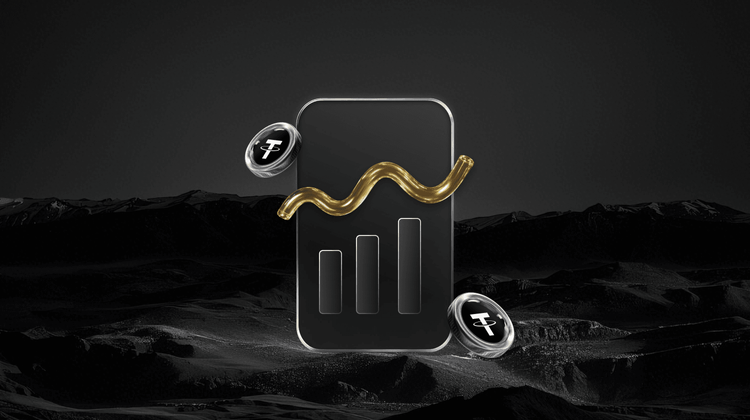
Aave Governance Vote Ends in Rejection after Community Pushback
Key Takeaways: Aave’s governance proposal to transfer brand asset control to a DAO was rejected with 55.29% voting…
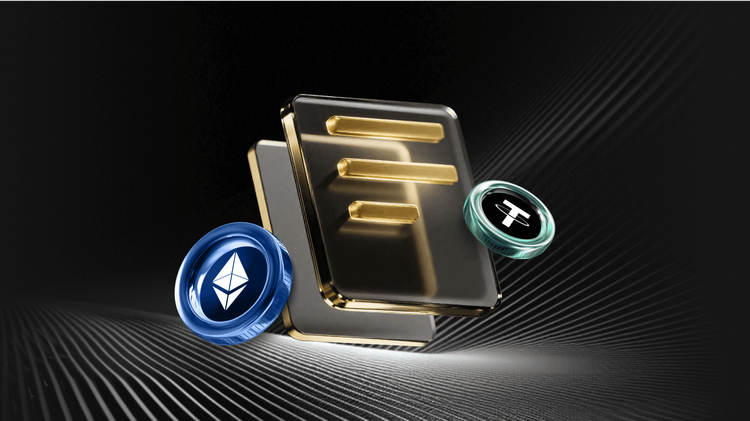
Samourai Wallet Co-Founder Vocal in Prison Letter
Key Takeaways Keonne Rodriguez, co-founder of Samourai Wallet, is serving a five-year sentence, sparking a broader conversation about…

IOSG Founder: Cryptocurrency's 2025 Performance Will Be 'Nasty,' But It Marks the Beginning of a New Cycle

Uniswap Token Burn Proposal Approved, What Is the Overseas Crypto Community Talking About Today?

Key Market Intel Discrepancy on December 26 - A Must-Read! | Alpha Morning Report

30 Predictions, Filtered for Five 2026 Crypto Consensus
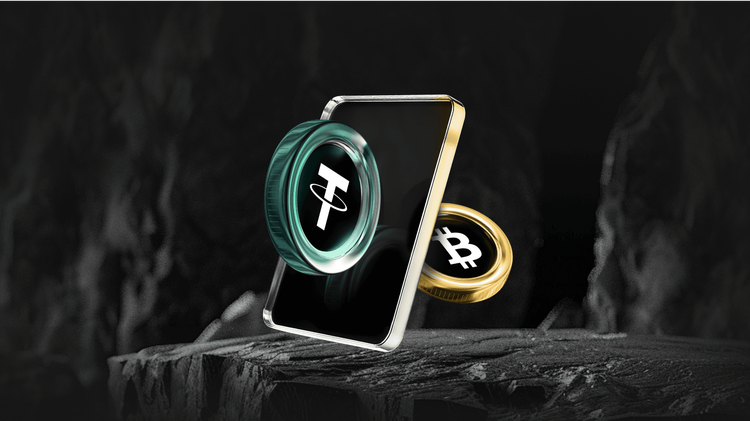
Countdown to Midterm Elections: Will the US Crypto Bill Pass the Test?

Base App is now fully open! How was your experience?
Lido DAO’s Increased Development and Market Dynamics Elevate LDO Price
Key Takeaways Lido DAO’s development activities have surged by 690%, signifying substantial growth. The Lido DAO token (LDO)…
December 26th Market Key Intelligence, How Much Did You Miss?
Trust Wallet Hack Results in $3.5 Million Loss for Major Wallet Holder
Key Takeaways A significant Trust Wallet hack led to the theft of $3.5 million from an inactive wallet.…
PancakeSwap Launches LP Rewards on Base Network
Key Takeaways PancakeSwap has introduced liquidity provider (LP) rewards for 12 v3 pools on the Base network, facilitated…
Crypto Derivatives Volume Skyrockets to $86 trillion in 2025 as Binance Dominates
Key Takeaways Cryptocurrency derivatives volume has surged to an astronomical $86 trillion in 2025, equating to an average…
Tips for Crypto Newcomers, Veterans, and Skeptics from a Bitcoiner’s Journey
Key Takeaways Understanding the basics of blockchain and decentralized finance is crucial before investing in cryptocurrency. Newcomers should…
Popular coins
Latest Crypto News
Customer Support:@weikecs
Business Cooperation:@weikecs
Quant Trading & MM:bd@weex.com
VIP Services:support@weex.com
